Puréed Diet: How It Works, Benefits, Meal Plan, And Recipes
Embrace wholesome nutrition with one puréed dish at a time.
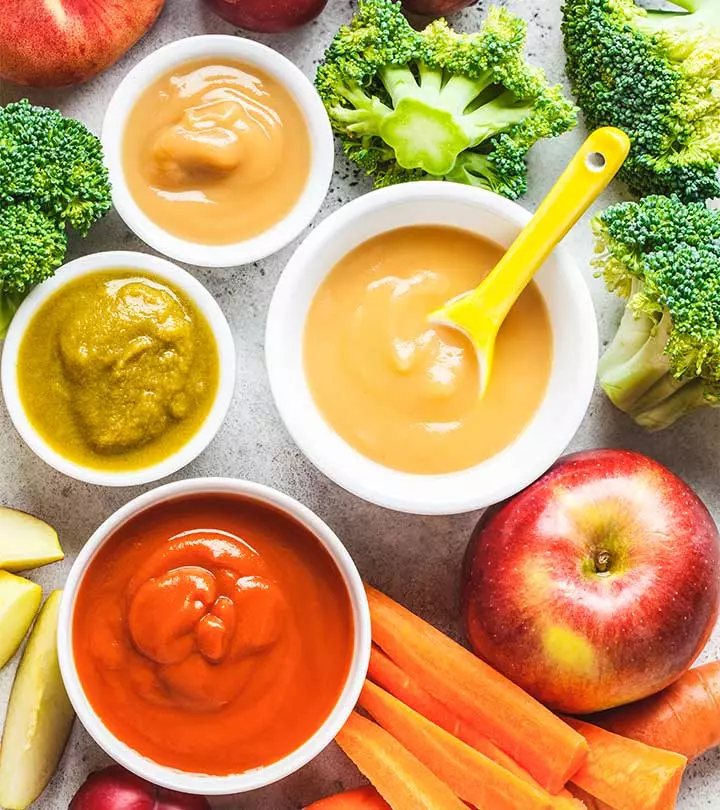
Image: Shutterstock
A puréed diet is often recommended to people for whom chewing can be a daunting challenge. Due to various medical conditions, digestive and dental issues, or age-related difficulties, they may not be able to consume solid food. Following a puréed diet ensures they get all the nutrients. In this article, we will take a closer look at puréed diet. We will explore its importance in addressing health concerns and the delicious variety of flavors, textures, and nutritional advantages it brings. So, buckle up, and scroll down to learn more about this diet.
 At A Glance: The Puréed Diet
At A Glance: The Puréed Diet- Principle: Involves blending food into a smooth, lump-free consistency for easy swallowing and digestion
- Purpose: Providing a safe and nutritious eating option
- Who It Is For: Individuals with dysphagia, chewing or swallowing issues, and those recovering from bariatric surgeryi A medical procedure to help severely obese individuals lose weight by reducing stomach size or altering digestion.
- Duration: Both short- and long-term, depending on individual needs
- Who Should Avoid: Individuals who can eat regular whole, non-puréed foods safely should not follow this diet.
- Cons: May lead to nutrient deficiencies and overeating.
In This Article
Puréed Diet: What Is It And How It Works?
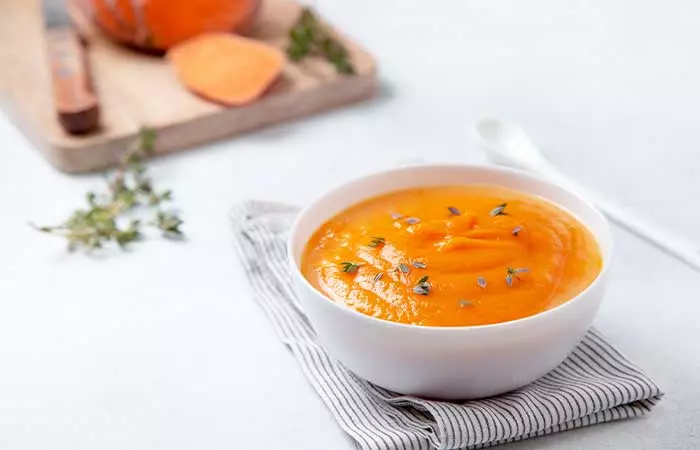
A puréed diet is a way of preparing foods to make them easier to consume. The goal of this diet is to make the foods smooth and lump-free, similar in texture to pudding or mashed potatoes. This way they are easier to swallow and do not require chewing. You can use a blender or a food processor to prepare the food and ensure they have the right consistency. However, certain foods, like yogurt, mousse, and puddings are generally in a purée state, and therefore may not require texture modification.
Doctors recommend a puréed diet to people if they are recovering from surgery or illness, and have certain underlying conditions. The reasons why a person may require a puréed diet include:
- Dysphagia: This is a medical term for swallowing issues and may arise from various causes, including obstructions in the esophagus or neurological conditions such as strokes, head injuries, multiple sclerosis, or dementia (1). Pureed foods can be incorporated into a special dysphagia diet to help prevent the risk of choking or breathing in food.
- Chewing Issues: This is common in older adults as old age affects jaw strength and bite force, which might make chewing difficult (2). Moreover, issues like missing teeth, poorly fitting dentures, or dental pain, may also necessitate a puréed diet. Additionally, individuals recovering from jaw surgery may temporarily require a puréed diet until they can comfortably chew solid foods again.
- Post-Surgery Recovery: Doctors recommend a puréed diet after bariatric surgery or a gastric bypassi A type of weight loss surgery that involves creating a small pouch from the stomach and connecting it to the intestine. . Since the surgery affects the digestive system, a puréed diet is easy on the gut and helps in the healing process. It is recommended as part of a multi-stage diet progression and is followed for a short duration until the person can resume normal solid food consumption.
For those with severe and persistent swallowing difficulties, a puréed diet might be a long-term or even lifelong dietary choice to minimize the risk of choking or aspiration pneumoniai An infectious complication in the lungs or air passage due to inhaling food, liquid particles, or other irritants. (3). In the next section, understand how these mashed marvels can positively impact your well-being.
Key Takeaways
- The puréed diet is for people who have trouble chewing or swallowing. It involves eating smooth, blended foods that are easy to digest.
- The diet includes puréed fruits, vegetables, protein sources, and whole grains to ensure a balanced and nutritious meal.
- Always consult with a healthcare professional or dietitian to create a personalized puréed diet plan based on individual needs and preferences.
Health Benefits Of Puréed Foods For Adults
- Is Easy To Digest
Solid foods require chewing, but that’s not the case with puréed foods. They can be swallowed easily and your digestive system doesn’t have to work hard to break them down further. A soft food diet comprising pureed foods ensures a smoother digestion process.
- May Prevent Nutritional Deficiencies
The inability to consume solid foods increases the risk of malnutrition, which may lead to various health complications. Studies have shown that inadequate nutrition may delay wound healing, increase the risk of infections, and compromise the immune system (4). A well-balanced puréed diet can ensure the intake of essential nutrients and reduce the risk of these issues.
It is best to consult a registered dietitian to understand the food choices for a puréed diet. Most often, people stick to fruits and vegetables for preparing puréed foods. This might increase the risk of missing out on major food groups, like fats and proteins. You can turn any food into a purée as long as its final texture has a pudding-like consistency. Take a look at the foods you can eat on a puréed diet.
What Can You Eat On A Puréed Diet?

- Fruits: All canned and fresh fruits (without the peel, membranes, and tough parts, like edible seeds)
- Vegetables: All vegetables (with peels and tough parts removed)
- Grains: Soft and moist whole-grain bread, rolls, pasta, rice, barley, and cooked cereals
- Meats: Moist, tender, or minced beef, lamb, and pork
- Poultry: Skinless chicken or turkey and eggs
- Seafood: All types of fish and seafood (without the skin), including salmon, sardines, shrimp, lobster, herring, clams, and scallops
- Dairy: Milk, cottage cheese, butter, smooth yogurt, and dairy desserts like smooth ice cream and sorbet
- Legumes: All types of beans, peas, chickpeas, and soy products like silken tofu
- Fats: Smooth nut butter, sour cream, and vegetable oils
- Condiments: Smooth sauces and gravies, mayonnaise, soft margarine, jelly, and syrups
Ensure that you consume a variety of healthy foods every day and you are consuming enough proteins, fats, fruits, vegetables, and whole grains. However, pick foods that can be puréed easily. For instance, whole grapes, apples, corn, and vegetables with skin may not purée well. In that case, remove all the tough parts and skin. Moreover, certain foods like pineapple, coconuts, and raisins may still have hard food pieces after puréeing. Therefore, it’s better to avoid such foods. In the next section, we will go into the details of how to make puréed foods. Keep reading.
How To Make Puréed Foods
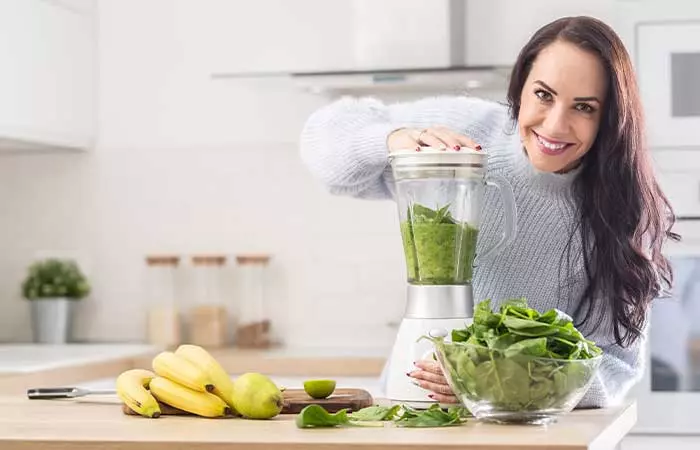
Properly preparing the foods is important to ensure they are easy to swallow and have the right consistency. Here is how to do that:
- Prepare The Ingredients
Cut and chop the ingredients into smaller pieces. This will make it easier for the blender or food processor to handle. Cook the grains, pasta, vegetables, and similar food items until they soften.
- Blend The Food
Place the chopped fruits or the cooked food into the blender or a food processor. Use the “purée” function or simply pulse the blender, holding it for a few seconds at a time until the mixture becomes smooth. Make sure there are no lumps, and the puree should have a pudding-like consistency.
- Adjust The Consistency
If the purée is too thick, you can thin it out by adding some liquid. Use water, broth, milk, or a flavorful sauce or gravy that matches the taste of your purée. Blend again until you reach the desired consistency. However, ensure that the consistency is not runny.
- Use Thickening Or Gelling Agents
You may use thickening agents like cornstarch slurry, gelatin, pectin, or potato flakes if the purée is too thin. Gradually add these ingredients while blending until the mixture resembles the texture of a pudding.
Consider using food molds and piping bags to shape and plate your pureed dishes to enhance their appeal. By following these simple steps, you can create delicious and visually appealing puréed dishes that retain the essence of the original ingredients.
 Pro Tip
Pro TipIn the next section, we’ll outline a sample puree diet meal plan to help you kickstart your journey toward enjoying nutritious and delicious puréed meals.
Sample Puréed Diet Meal Plan
Here’s a sample puree diet meal plan to provide you with a clear idea of what your daily meals could look like on this dietary regimen. This meal plan offers a simple, balanced approach to a puréed diet with a variety of nutrients. It is easy to prepare as well as eat.
| Breakfast | Snacks | Lunch | Dinner | |
|---|---|---|---|---|
| Monday | 1 serving of peanut butter oatmeal purée and 1 cup of tea | 1 serving of chocolate mousse topped with raspberry purée | 1 bowl of puréed carrot and sweet potato soup and ½ cup of strained chicken broth | 1 serving of puréed lasagna |
| Tuesday | 1 serving of puréed cream of wheat and ½ cup of puréed peaches with honey | 1 serving of simple custard | 1 bowl of puréed black bean soup and 1 cup of cauliflower mash | 1 bowl of puréed chicken noodle soup |
| Wednesday | 1 serving of mashed potato with butter and sour cream, and 1 cup of light soy milk | 1 serving of Greek yogurt smoothie with frozen fruit | 1 serving of beef stew purée and 1/2 cup of applesauce | 1 serving of puréed shepherd’s pie |
| Thursday | 1 serving of peanut butter and honey cream of wheat | 1 serving of puréed fruit custard | 1 serving of chicken salad purée with a cup of plain Greek yogurt | 1 bowl of puréed tuna salad and ½ cup of puréed spinach |
| Friday | 1 serving of puréed scrambled or soft-boiled eggs and 1 cup of protein shake | 1 serving of fruited cottage cheese purée | 1 bowl of puréed broccoli soup, ½ cup of parsnip mash, and ½ cup of pulp-free fruit juice | 1 serving of puréed brown rice with gravy and ½ cup of puréed stir-fried vegetables |
| Saturday | 1 serving of mashed potato with butter and sour cream | 1 serving of cheesecake purée | ½ cup of puréed meatloaf with ketchup and ½ cup of vanilla pudding | 1 bowl of puréed black bean soup and ½ cup of puréed tofu |
| Sunday | 1 serving of puréed cooked cereal with milk | 1 cup of smooth, flavored yogurt | 1 cup of mashed potatoes with gravy and ½ cup of puréed peaches | 1 cup of puréed chicken noodle casserole |
Altering the texture of solid foods often makes them bland. However, there are ways to enhance the flavor of puréed foods. In the next section, we have shared a few recipes of delectable foods that you can try. Scroll down.
Puréed Diet Recipes
1. Black Bean Soup
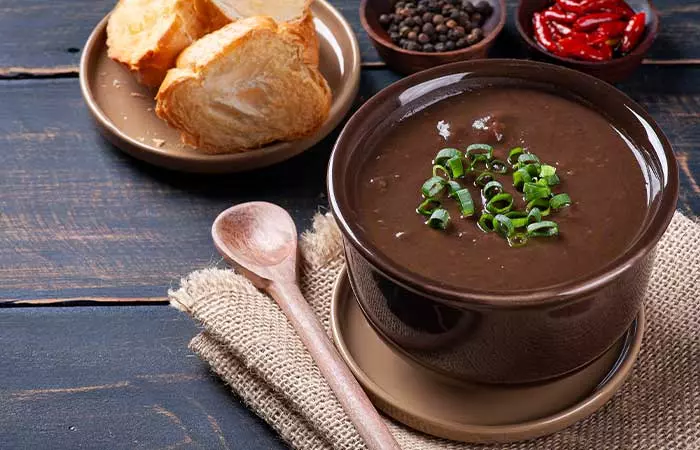
Ingredients
- 2 tablespoons of extra virgin olive oil
- 2 medium yellow onions (chopped)
- 4 large garlic cloves (crushed)
- 2 carrots (chopped)
- 2 (15 oz) cans of black beans (drained)
- 4 cups of low-sodium chicken broth (or vegetable broth)
- ¾ teaspoon of oregano
- 1 teaspoon of ground coriander
- 1¾ teaspoons of ground cumin
- ⅛ teaspoon of cayenne pepper
- ½ teaspoon of salt (adjust to taste)
- 1 tablespoon of fresh lime juice
- ⅓ cup of sour cream
How To Prepare
- Heat olive oil in a large soup pan over medium heat. Add onions, garlic, and carrots. Cook until onions are soft without browning. It takes about 8-10 minutes.
- Add black beans, oregano, chicken broth, coriander, cayenne pepper, cumin, and salt. Bring it to a boil, then reduce heat, cover, and simmer for 15 minutes.
- Use an immersion blender to puree the soup until smooth and creamy. Alternatively, use a standard blender in batches, leaving the lid slightly open to release heat.
- Strain the soup to remove any lumps.
- Stir in lime juice and season with salt and pepper to taste.
- Serve the soup in bowls, topped with a dollop of sour cream.
2. Puréed Classic Egg Salad
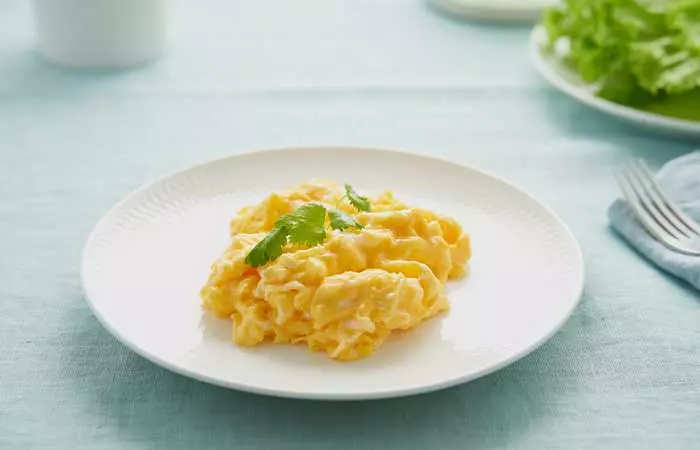
Ingredients
- 2 hard-boiled eggs
- 1 tablespoon of reduced-fat mayonnaise
- 1 tablespoon of plain Greek yogurt
- Salt and pepper to taste
How To Prepare
- Slice the 2 hard-boiled eggs.
- Put the egg slices in a food processor and blend until smooth.
- Add Greek yogurt, salt, mayonnaise, and pepper to it and blend again.
- Plate it and enjoy it!
 Quick Tip
Quick TipSimple! Isn’t it? You can adjust the seasonings and add condiments as per your taste to further enhance the flavors. While everyone can enjoy puréed foods once in a while, some individuals prefer to follow this diet for weight loss. Keep reading to understand if it can really help you lose weight.
Puréed Diet For Weight Loss: Does It Work?
The concept of consuming puréed foods for weight loss was popularized by the baby food diet, which involves replacing solid meals with puréed foods. This technique is believed to reduce daily calorie intake in the short term.
Puréed meals often include low-calorie options like fruits and vegetables, making them conducive to weight loss. Moreover, the bland taste and unappealing texture of pureed foods may lead to reduced overall calorie consumption (3).
However, solely relying on calorie restriction without implementing sustainable lifestyle changes is unlikely to yield long-term weight loss success (5). Extreme calorie reduction can result in muscle loss and a slowed metabolism, making it challenging to maintain weight loss (6).
Following a puréed diet can impact a person’s eating habits and even change their food preferences over time. Since texture is such a big part of enjoying food, some people may miss the feeling of chewing or the variety in textures. This makes meals feel less satisfying, leading to a reduced appetite. Over time, a puréed diet can also shift someone’s taste preferences, sometimes causing them to prefer simpler flavors or to avoid certain foods.
Moreover, a poorly planned puréed diet also increases the risk of malnutrition. Therefore, it is best to follow this diet as a short-term strategy to lose weight and it should be coupled with healthier habits and dietary choices for sustainable weight management. Do not use it as a standalone solution and always consult a registered dietitian to plan your meals to lose weight gradually, without putting extra pressure or stress onto your body.
Infographic: A Simple Guide To The Puréed Diet
The puréed diet involves blending foods into a smooth consistency, making them easier to swallow while providing essential nutrients. It is a specialized approach to nutrition often recommended for individuals with swallowing difficulties or after certain medical procedures. The infographic below summarizes the main idea behind this diet and provides a few valuable insights. Take a look.

Illustration: StyleCraze Design Team
The puréed diet is suitable for individuals facing challenges with swallowing, chewing, or recovering from surgery. It offers a safe and nutritious way to enjoy a variety of foods in a smooth, easy-to-swallow form. Moreover, pureed foods are easy to digest and are also beneficial for people with gut issues. Some people also follow it for short-term weight loss. However, remember that it needs to be well-balanced and include food items from all major food groups. Therefore, it is important to consult a registered dietitian before starting this diet. This will ensure your body gets all the nutrients.
Frequently Asked Questions
Can you eat applesauce on a puréed diet?
Yes, you can eat applesauce on a puréed diet because it has a smooth texture and is easily digestible, making it suitable for individuals with swallowing difficulties.
What are high-protein foods for a puréed diet?
Puréed meats, tofu, and Greek yogurt are some of the high-protein foods for a puréed diet.
How do I make puréed meals more appetizing?
You can make puréed meals more appetizing by adding herbs, spices, and colorful puréed vegetables. You can also add sauces, gravy, and bone and vegetable broth (bouillon) to add flavor.
Can I transition back to a regular diet from a puréed diet?
Yes, you can transition back to a regular diet from a puréed diet, but it should be done gradually and under the guidance of a healthcare professional or a dietitian, as there may be stages of suitable thickness of foods that can be tolerated.
Are there any risks associated with a puréed diet?
Puréed diets can have risks. One risk is not getting all the nutrients your body needs because puréed foods may lack some essential nutrients. Also, if you stick to puréed foods for a long time, you might start to dislike or avoid solid foods. To stay healthy, work with a dietitian, and consider supplements if needed.
How can I ensure I’m getting enough nutrients on a puréed diet?
Including a wide range of puréed fruits, vegetables, proteins like meat or beans, whole grains, and dairy or dairy alternatives may help ensure you get all the nutrients. Also, consider nutritional supplements if your diet lacks certain nutrients. It’s best to consult a dietitian or healthcare professional to create a personalized meal plan that meets your specific needs.
Illustration: Puréed Diet: How It Works Benefits Meal Plan And Recipes

Image: Stable Diffusion/StyleCraze Design Team
Interested in knowing all about the puréed diet? Check out this informative video for tasty and nutritious options that are easy to swallow and digest. Ensure your loved ones get the right nutrition with a puréed diet.
References
Articles on StyleCraze are backed by verified information from peer-reviewed and academic research papers, reputed organizations, research institutions, and medical associations to ensure accuracy and relevance. Read our editorial policy to learn more.
- Dysphagia
https://www.ncbi.nlm.nih.gov/books/NBK559174/ - Role of nutrition in oral and maxillofacial surgery patients
https://www.ncbi.nlm.nih.gov/pmc/articles/PMC5242071/ - Use of modified diets to prevent aspiration in oropharyngeal dysphagia: is current practice justified?
https://www.ncbi.nlm.nih.gov/pmc/articles/PMC6053717/ - Role of nutrition in oral and maxillofacial surgery patients
https://journals.lww.com/njms/fulltext/2016/07010/role_of_nutrition_in_oral_and_maxillofacial.2.aspx - Reducing Calorie Intake May Not Help You Lose Body Weight
https://www.ncbi.nlm.nih.gov/pmc/articles/PMC5639963/ - Popular Weight Loss Strategies: a Review of Four Weight Loss Techniques
https://pubmed.ncbi.nlm.nih.gov/29124370/
Read full bio of Reema Pillai
Read full bio of Sindhu Koganti
Read full bio of Arshiya Syeda
Read full bio of Payal Karnik






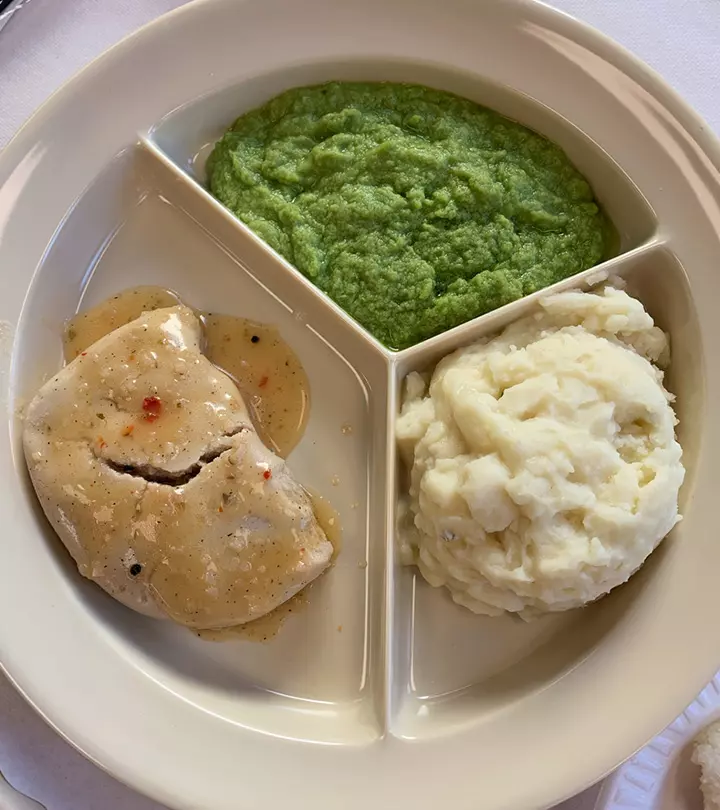
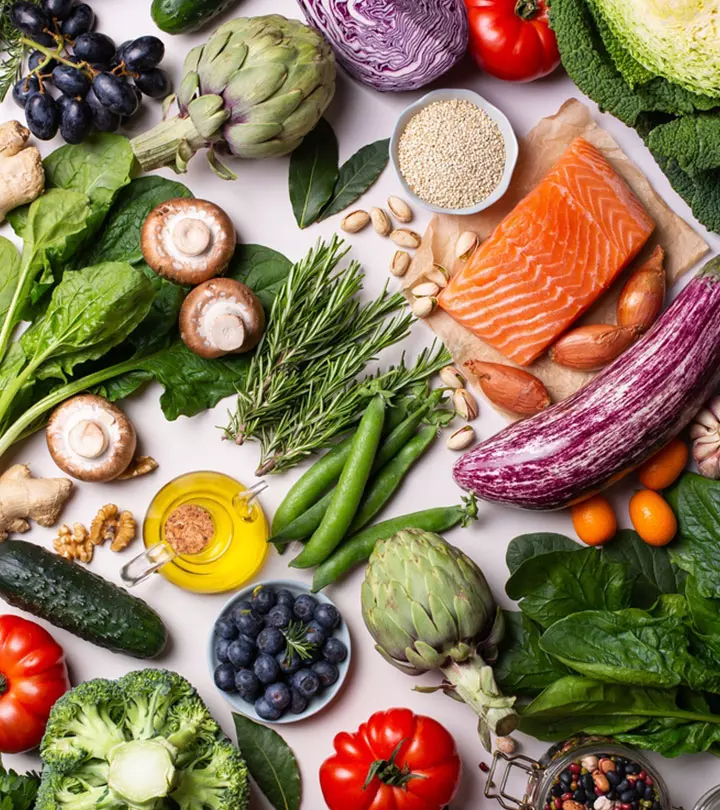




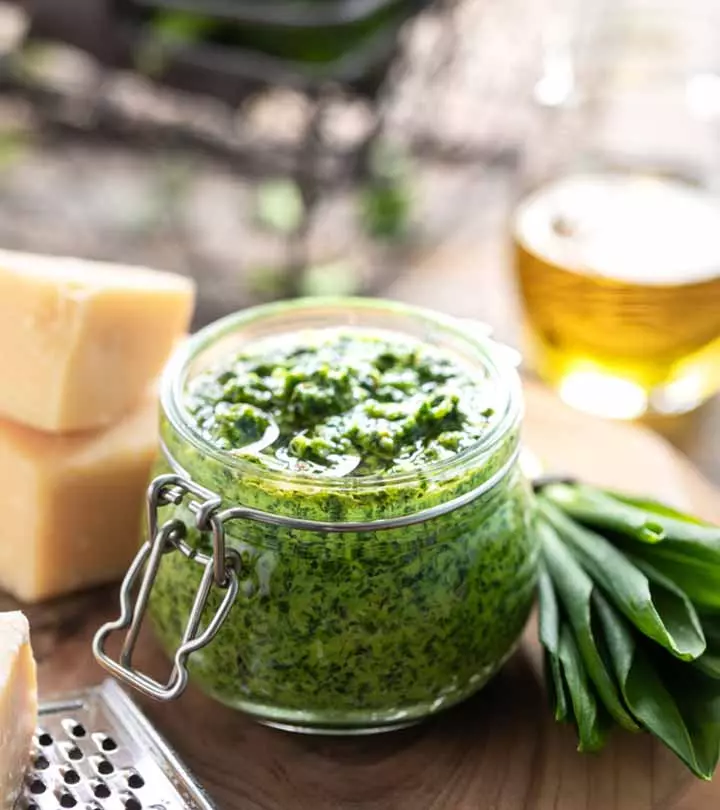
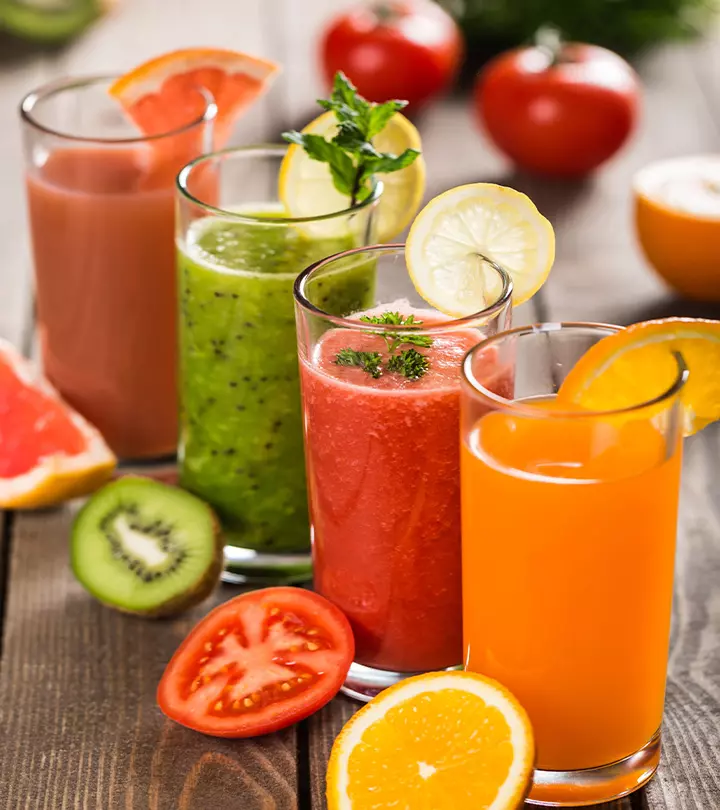
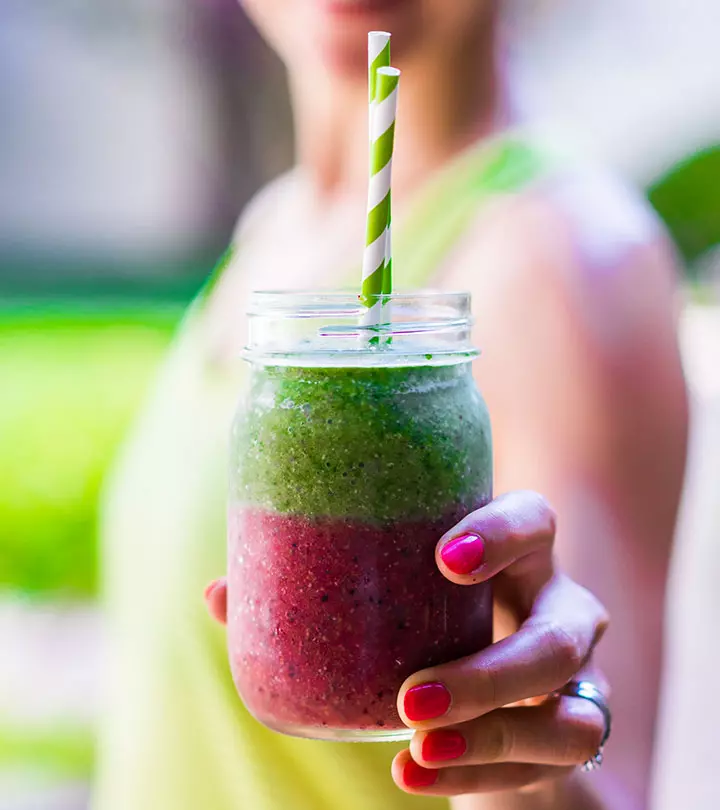
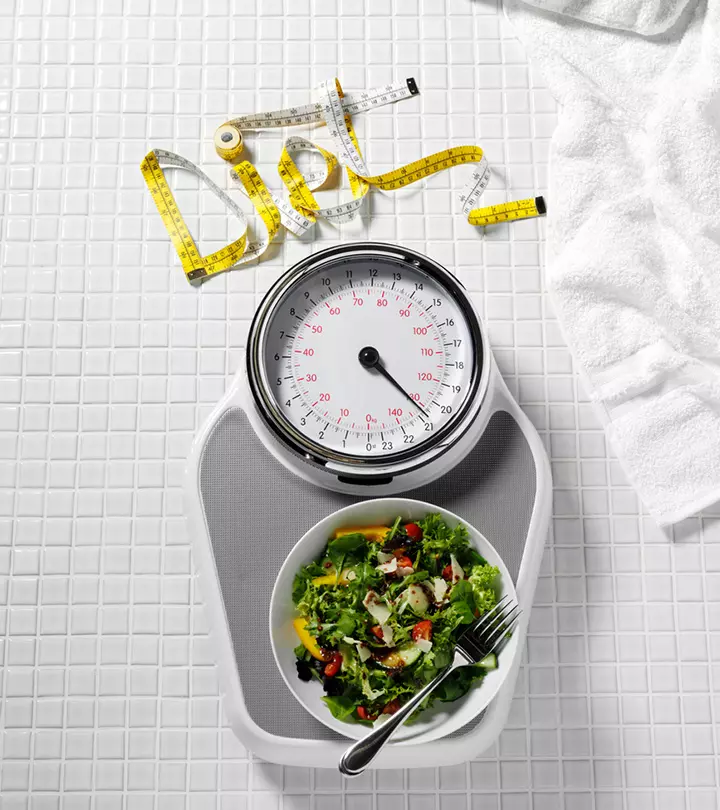
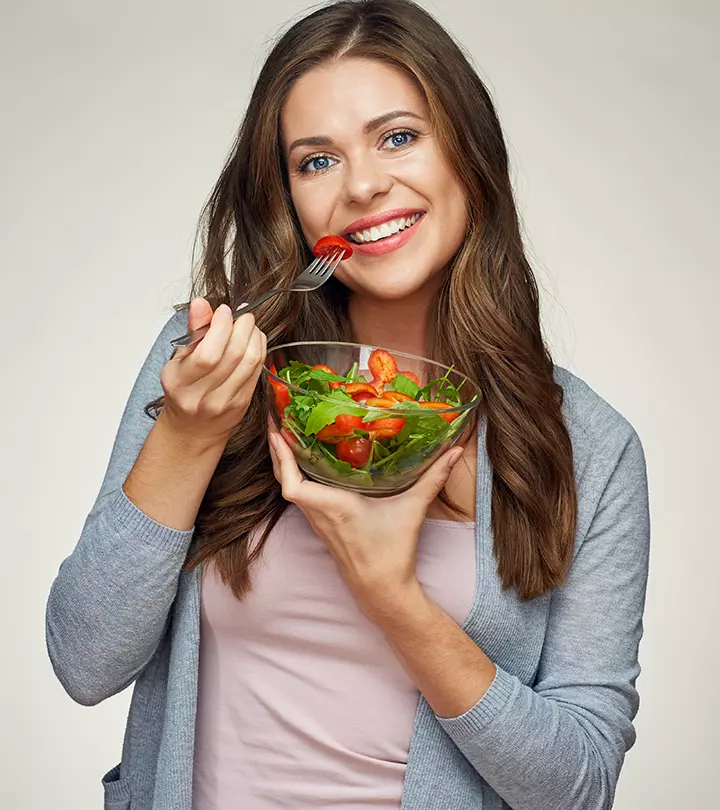





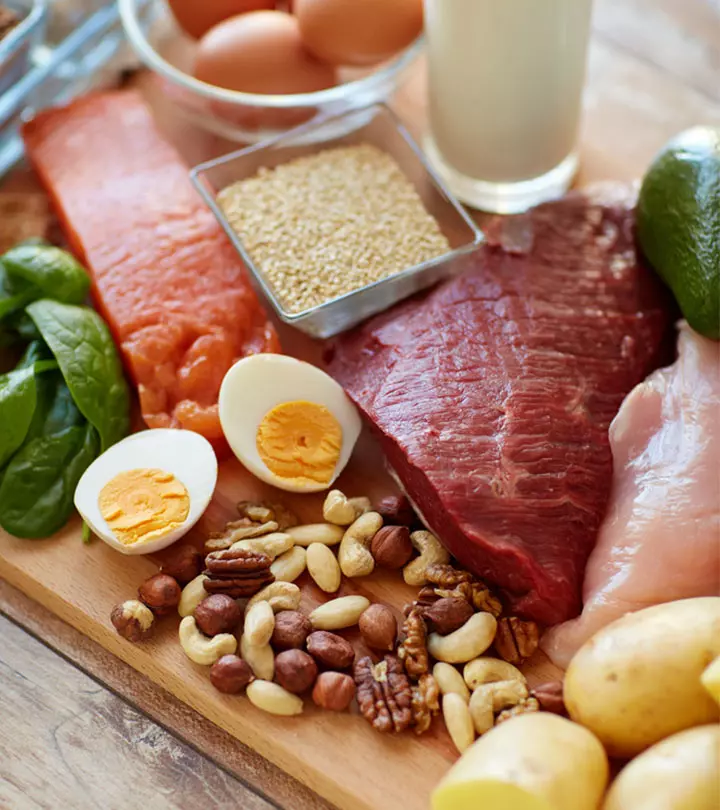



Community Experiences
Join the conversation and become a part of our empowering community! Share your stories, experiences, and insights to connect with other beauty, lifestyle, and health enthusiasts.